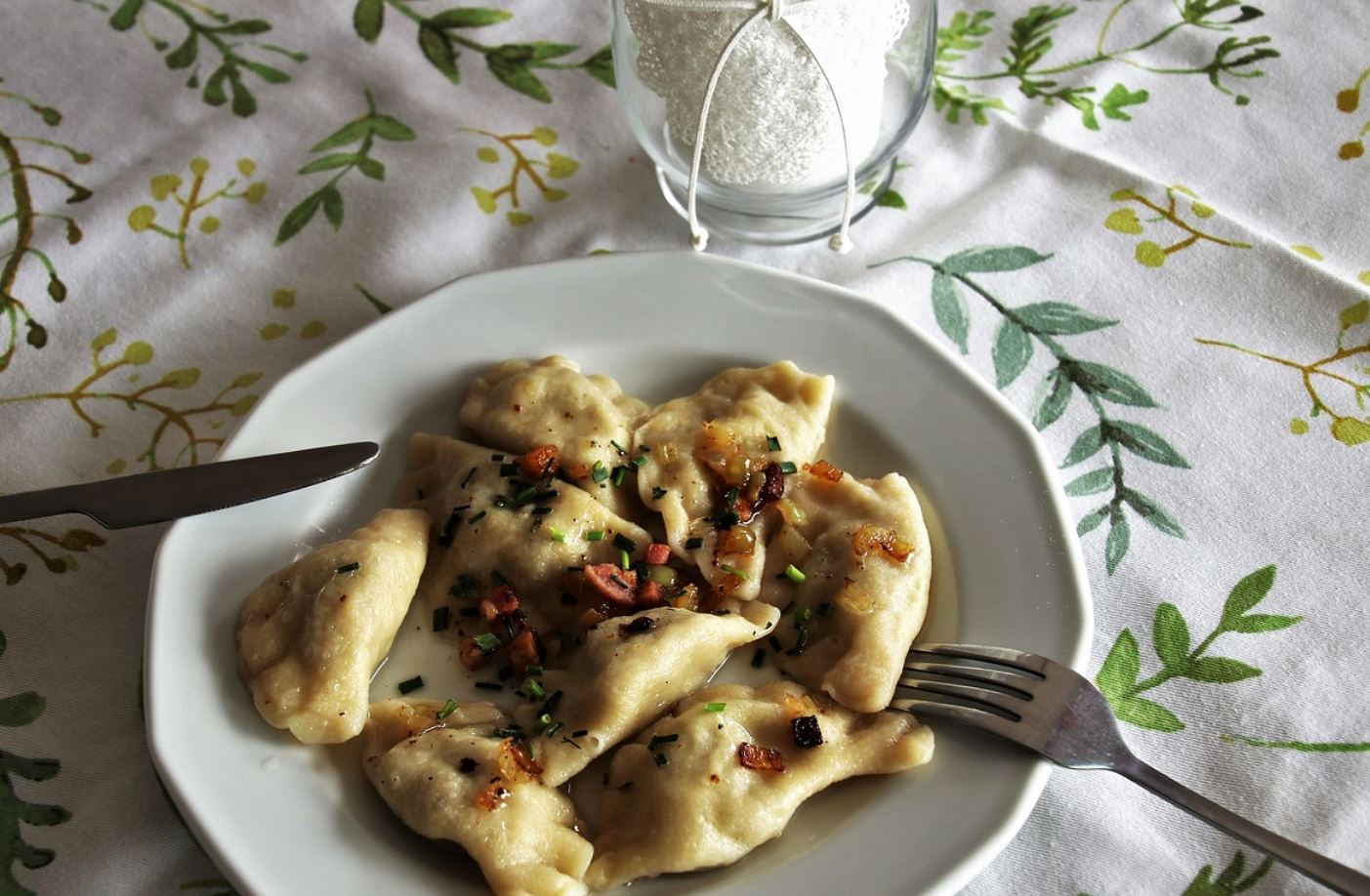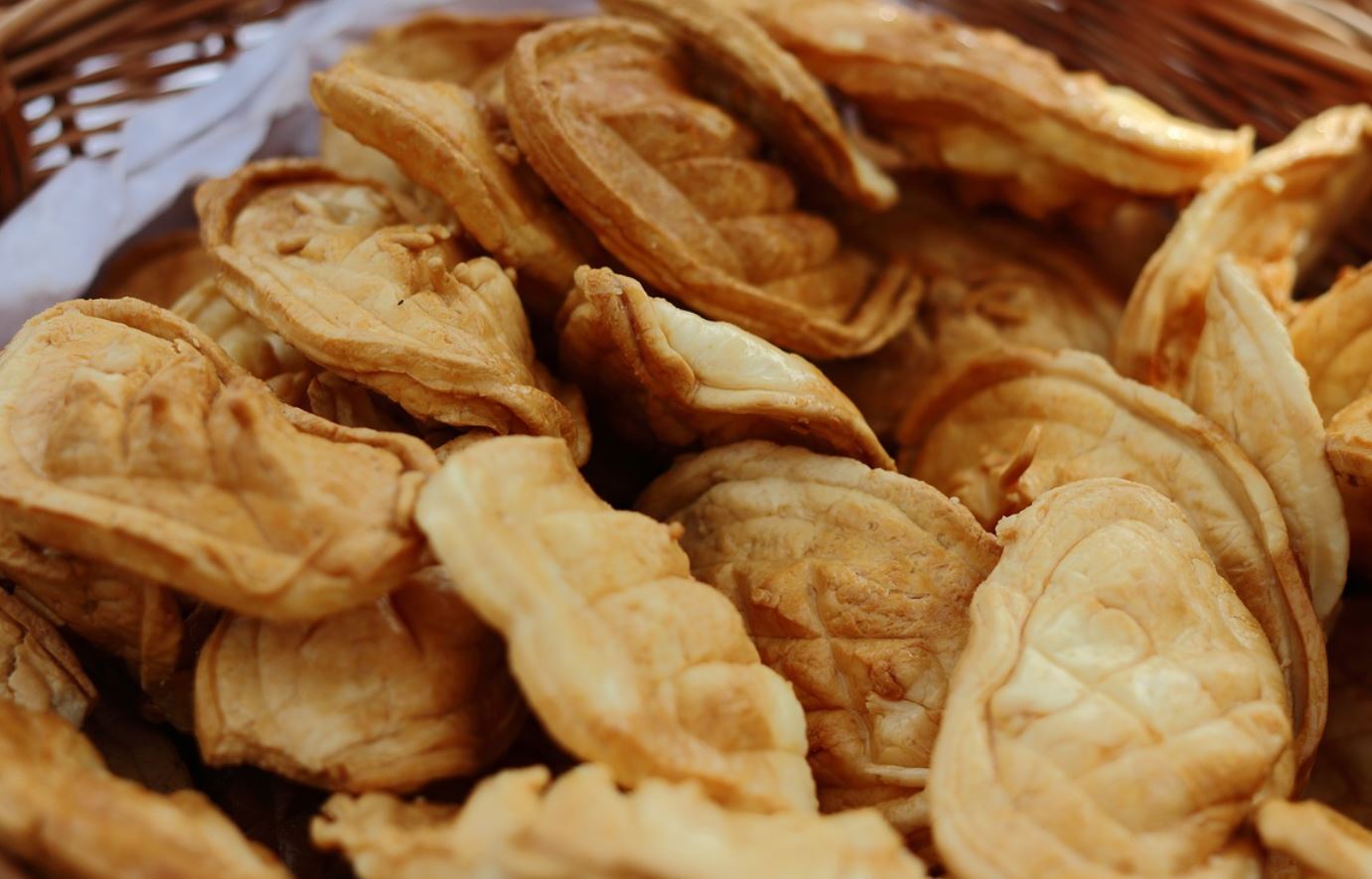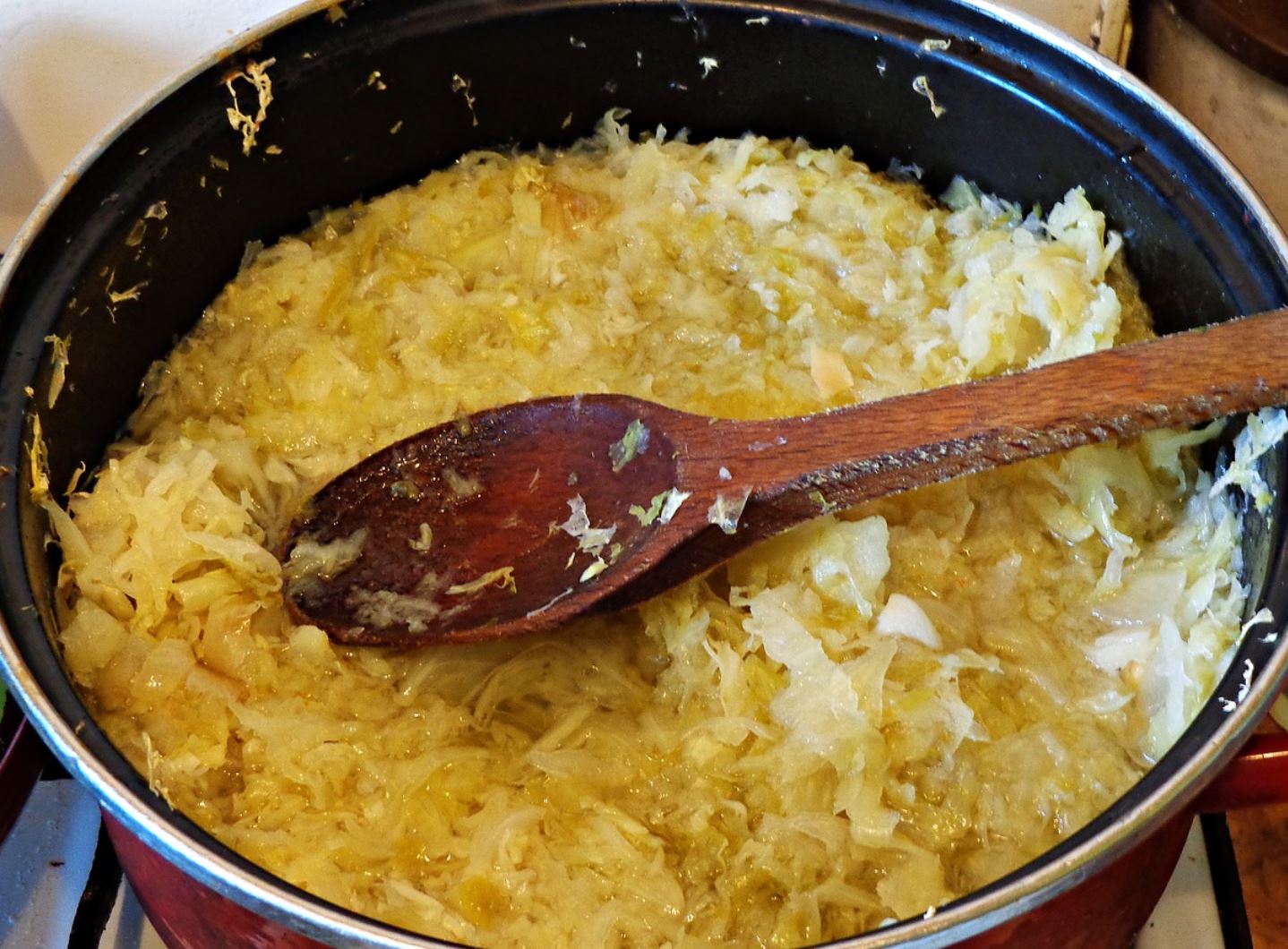5 foods you have to try when teaching English in Poland
So, you’re thinking of teaching English in Poland? Mystical castles, UNESCO old towns, cheap beer, craggy mountains, sweeping lakes – there’s loads to look forward to. But you might have missed the joys of the Polish kitchen. Often trumped by the pizzas of Italy and the paellas of Spain, it’s a cuisine that’s not so well known in Europe. Here’s a tasty journey into the dishes and delights of what’s on the menu from Gdansk to Krakow, with a pick of five staples every TEFL teacher simply has to try. Smacznego (enjoy!).

Pierogi
The flag-carrier of Polish cuisine is pierogi. It’s the national dish of the nation, and a beloved staple of households from Szczecin to Sopot. Virtually every Pole you meet will love these packed dumplings – and the ones that don’t often keep silent. They’re made from heavy, unleavened dough, which is neatly folded around a hearty filling that comes in all different shapes and sizes. The most popular type is surely pierogi Ruskie (literally: Russian pierogi), packed with potato and cheese and onion. There are also sweet variations that burst with summer berries and fruit, served topped with glazed sugar. Don’t worry, you’ll be able to find the dish wherever you happen to be teaching English in Poland – just waltz into the nearest tavern
Zapiekanka
Love them or hate them, zapiekanka remain a favorite on the Polish fast food scene. They’re thought to have originated in the southern city of Krakow – a much-loved and historically-rich hotspot for teaching English in Poland. They’re made from a crispy French baguette that’s sliced in half, topped with a glaze of tomato passata, and then garnished with all sorts of extras before being grilled. You can drop on Greek cheeses, Tex-Mex jalapenos, smoky Slavic blood sausages – you name it. It’s a sort of Central European make-your-own pizza, if you will.

Oscypek
One to warm the bones and lift the spirits when the snows are falling between December and March, oscypek cheese comes from the highlands of the Tatras in the south of Poland. They are small wedges of fermented sheep’s milk that’s been smoked and then grilled over open charcoals. In the town of Zakopane – the capital of winter sports and skiing in Poland – they are doled out from street-side stalls with a healthy dollop of cranberry on the side. That adds a little dash of sweetness to the salty, woody flavor of the curd, all of which matches perfectly with a cold, frothy Slavic beer!
Zurek
Soups and Poland are a match made in culinary heaven. From beetroot broths to noodle-filled chicken bowls, this corner of Europe is a master of the liquid meal. Cue zurek, a fusion of sour rye soup that’s often packed with extras. The dish varies from region to region, but you’re likely to dig into a broth that brims with boiled eggs and homemade farmer’s sausage, along with scraps of oats and potato. It’s a hearty, uplifting meal that has its roots it the medieval peasant class. What’s more, anyone teaching English in Poland around Easter might find it served at family gatherings and events.

Bigos
Bigos is the original hunter’s stew. A meal designed to feed deer stalkers on their expeditions through the forests, it’s a stomach-filling combo that’ll warm the bones. The main ingredients are typically stewed sauerkraut and chopped cabbage. They’re dropped into a slow-cooking mix of root veggies like carrot, potato, parsnip, turnip – you really can add anything. A twist of eastern influence comes with a sprinkling of spices, and grisly game meat usually provides the protein. Bigos is best tasted out in the country, cooked over a flickering open flame between the rolling Polish hills or wild woodlands close to the border with Belarus.
Are you a veteran of teaching English in Poland? If so, you’ve surely got some more taste-bud-tingling dishes to drop onto this list? If you’re planning to head to Europe for teaching – we can help! Be sure to check out our courses page and destinations page…
